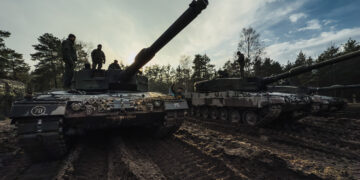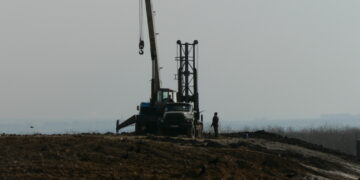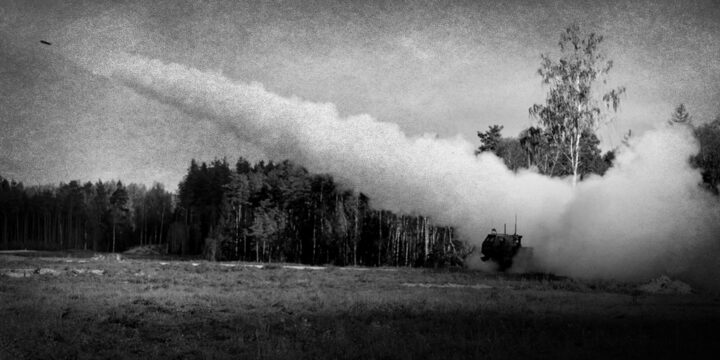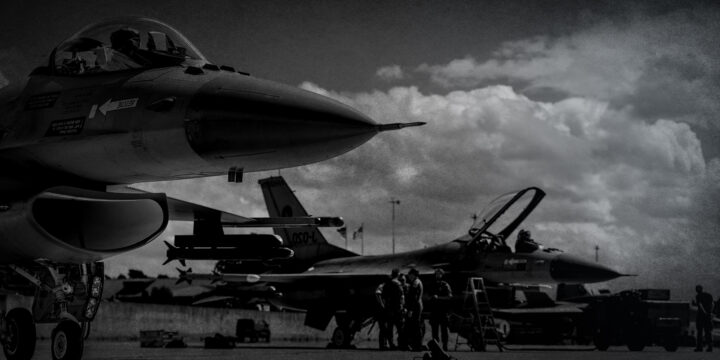November 27, 2024
Biden’s last-minute Ukraine reversals come too late
By Jennifer Kavanagh and Daniel DePetris
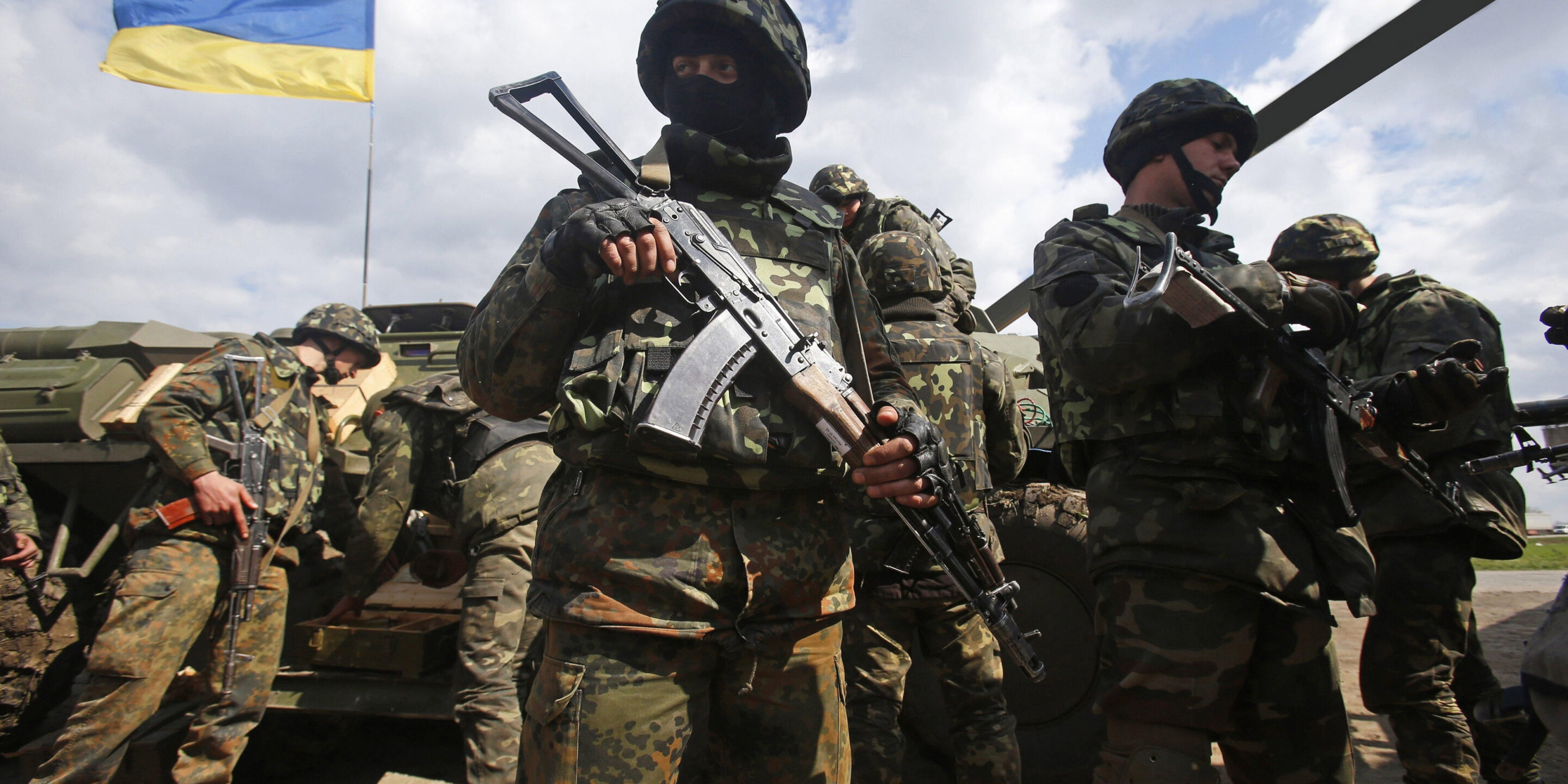
In a major reversal, on Nov, 17, U.S. President Joe Biden succumbed to the calls of Ukraine’s loudest supporters in Washington and Europe by authorizing Kyiv’s use of U.S.-supplied Army Tactical Missile Systems (ATACMS) deeper into Russia. The move was the most dramatic change to Washington’s Ukraine policy since the Nov. 5 election, but hardly the only one. A week earlier, the Biden administration announced that U.S. contractors would be allowed inside Ukraine for the first time since the war began to maintain Kyiv’s fleet of U.S.-made F-16 aircraft. And on Nov. 19, Biden ordered the transfer of anti-personnel mines to buttress the Ukrainian army’s defenses in the east.
The expanded permissions and new weapons, however, come too late to give Ukraine an advantage on the battlefield or more leverage at the negotiating table. Instead, their primary effect may be to trigger serious escalation that leaves Kyiv weakened and the United States worse off. With Biden on his way out and President-elect Donald Trump hoping to quickly end the war, Russian President Vladimir Putin has less incentive than ever to be restrained in the face of what he views as a dramatic, aggressive U.S. policy shift.
There should be no illusions that employing longer-range missiles or anti-personnel mines will be a panacea for Ukraine. As Biden administration officials acknowledge, lifting restrictions on ATACMS missiles will not change the course of the war. With the lack of Russian targets — Russia has relocated 90 percent of its aircraft out of ATACMS range—and the limited amount of ATACMS available in U.S. stocks, deeper Ukrainian strikes into the Russian interior are unlikely to squeeze Moscow’s supply lines to the extent that its offensive operations are significantly impacted. Expanded permissions, however, might instead speed Ukraine’s own military breakdown by encouraging Kyiv to invest more of its scarce resources in fending off Russian forces in Kursk, where the Ukrainian army has lost approximately half of the territory it captured in August.
Anti-personnel mines, on the other hand, could support Ukraine’s shift to a defensive strategy. But with its overstretched military barely holding on, it is not clear these mines will arrive in sufficient quantities or fast enough for Ukraine to make effective use of them before winter temperatures freeze the ground solid. Moreover, it is Ukraine’s severe manpower shortage, not the lack of specific types or quantities of weapons, that is the most serious constraint on its ability to halt Russia’s advances in the Donbas. For this reason, sending U.S. contractors into Ukraine will also offer few benefits. It will not free up enough personnel to address Kyiv’s need for frontline soldiers and will only marginally speed equipment repairs.
Authors

Jennifer
Kavanagh
Senior Fellow & Director of Military Analysis

Daniel
DePetris
Fellow
More on Eurasia
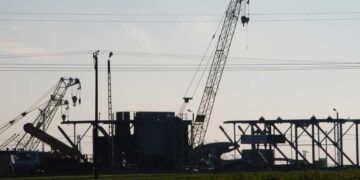
By Peter Harris
March 11, 2025
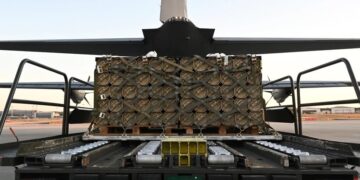
Featuring Jennifer Kavanagh
March 5, 2025
